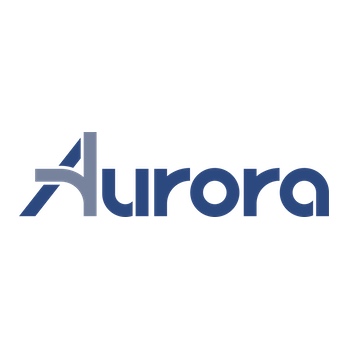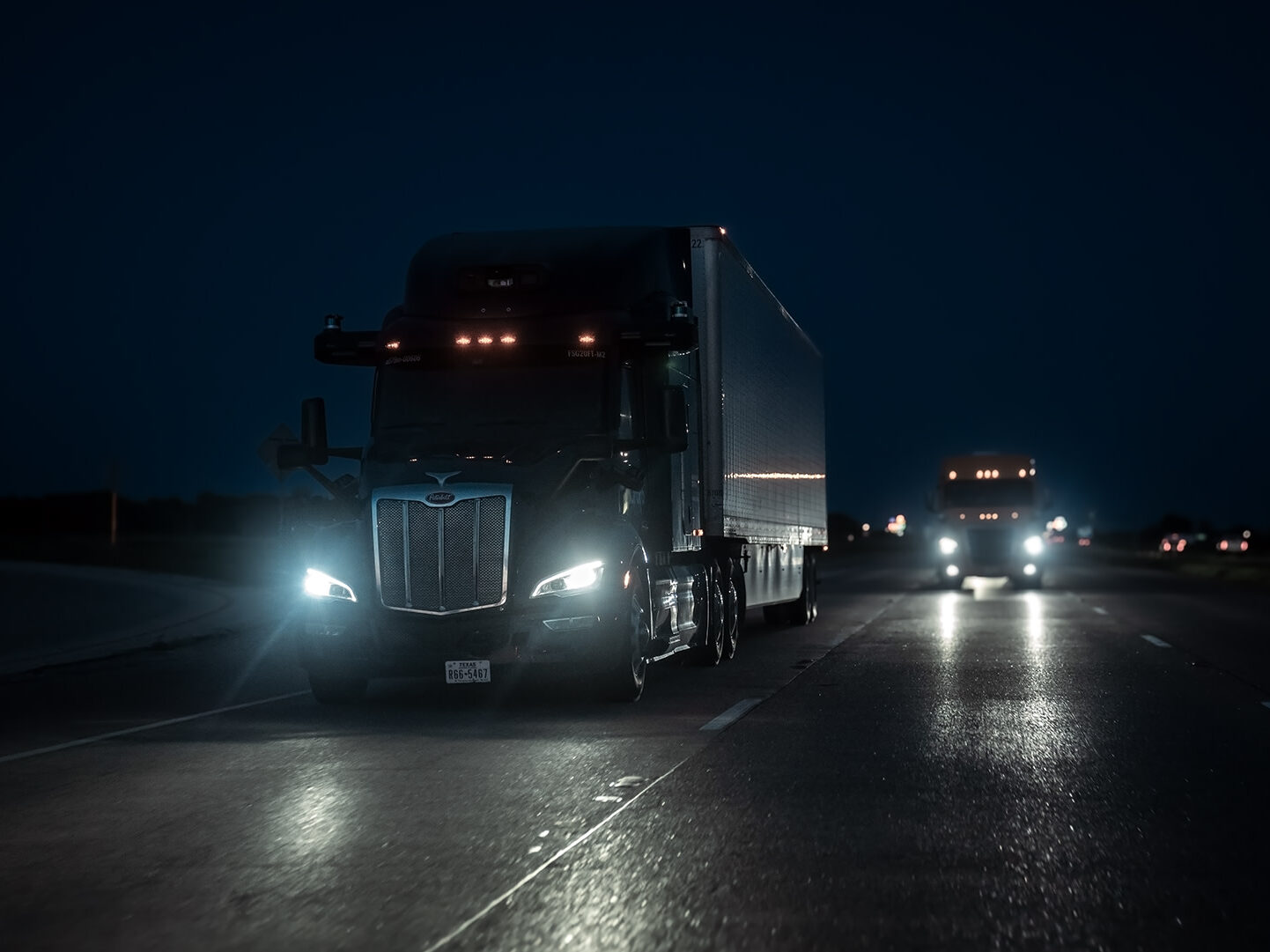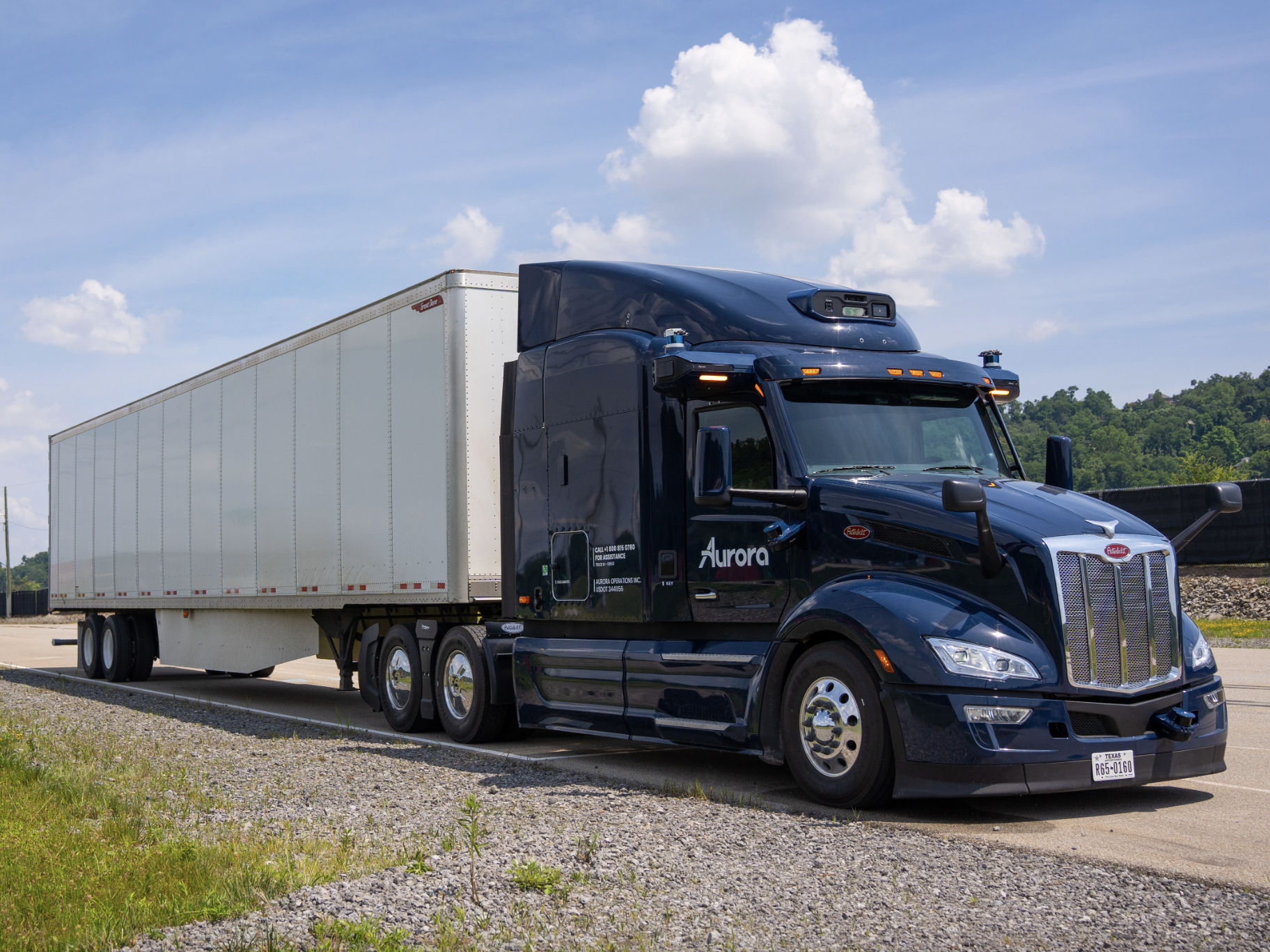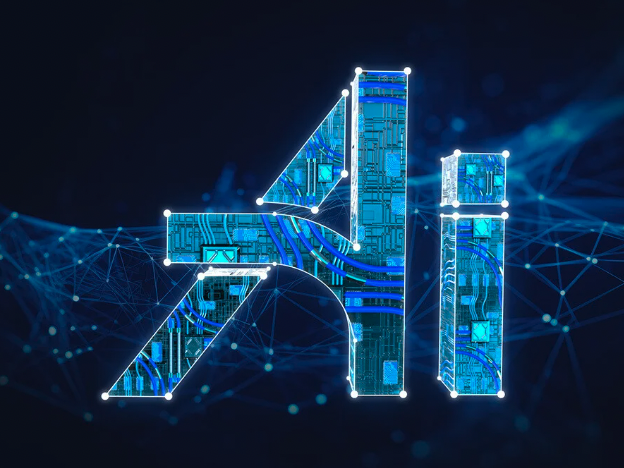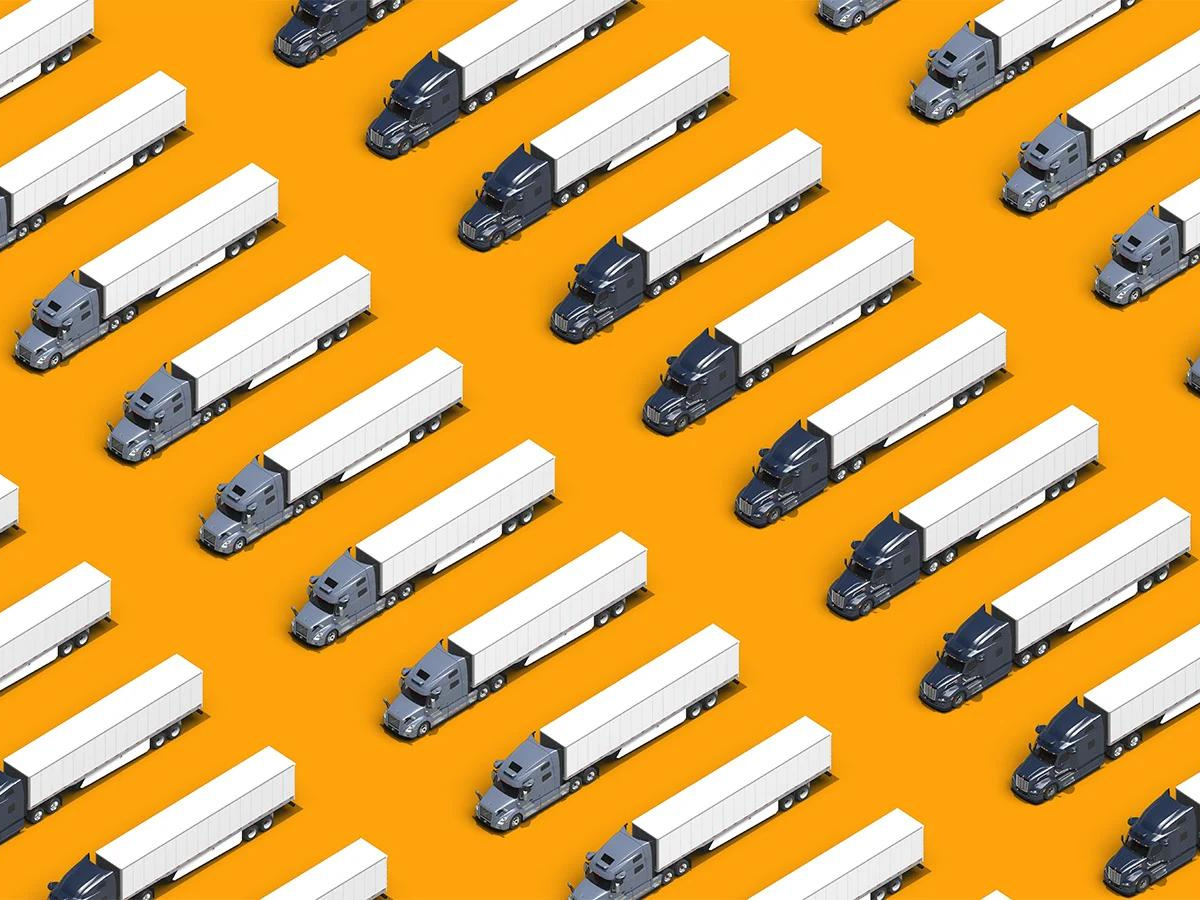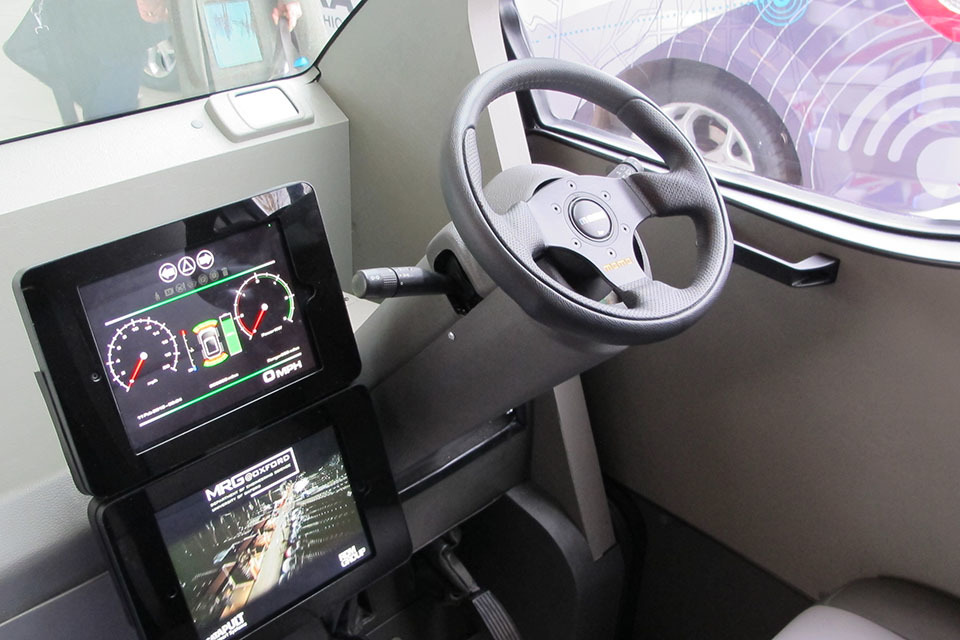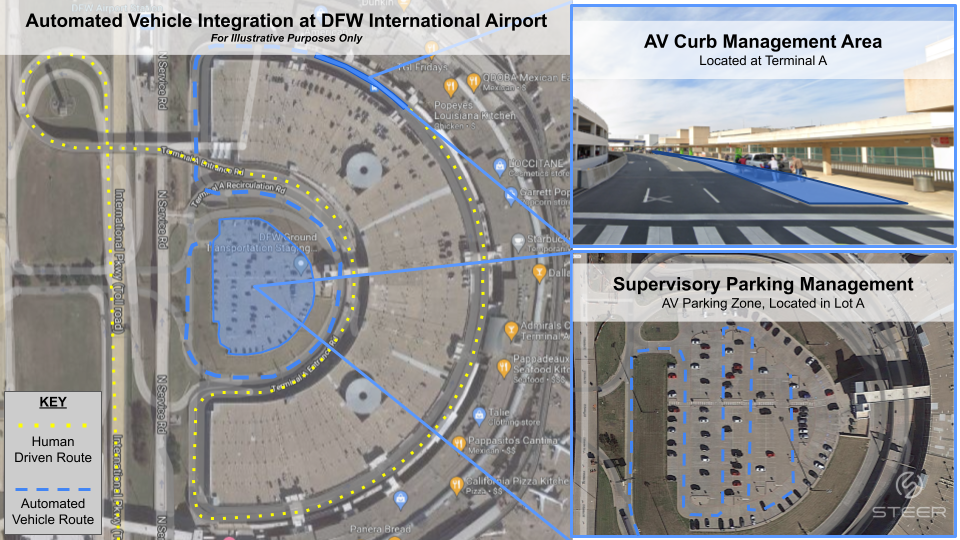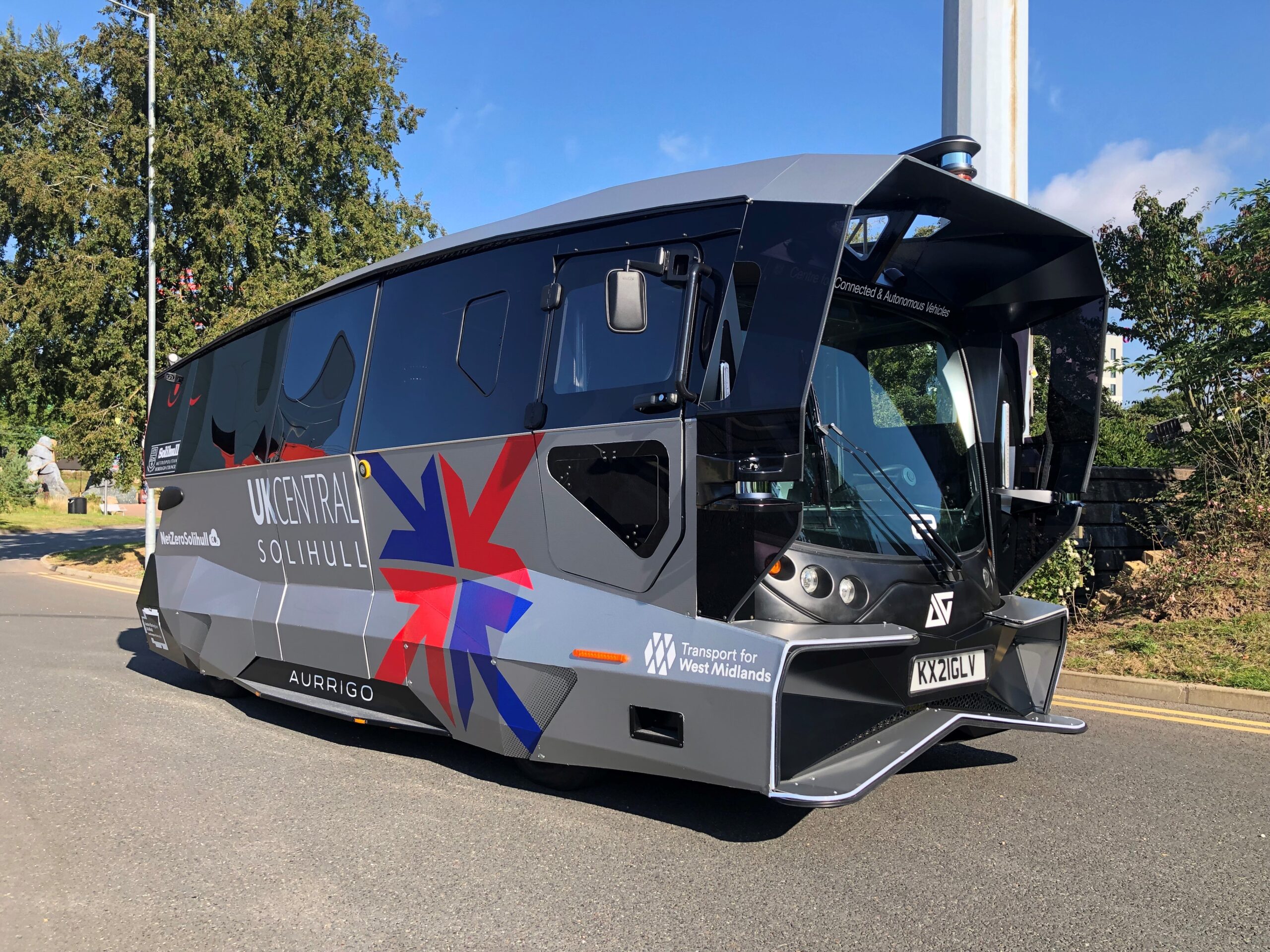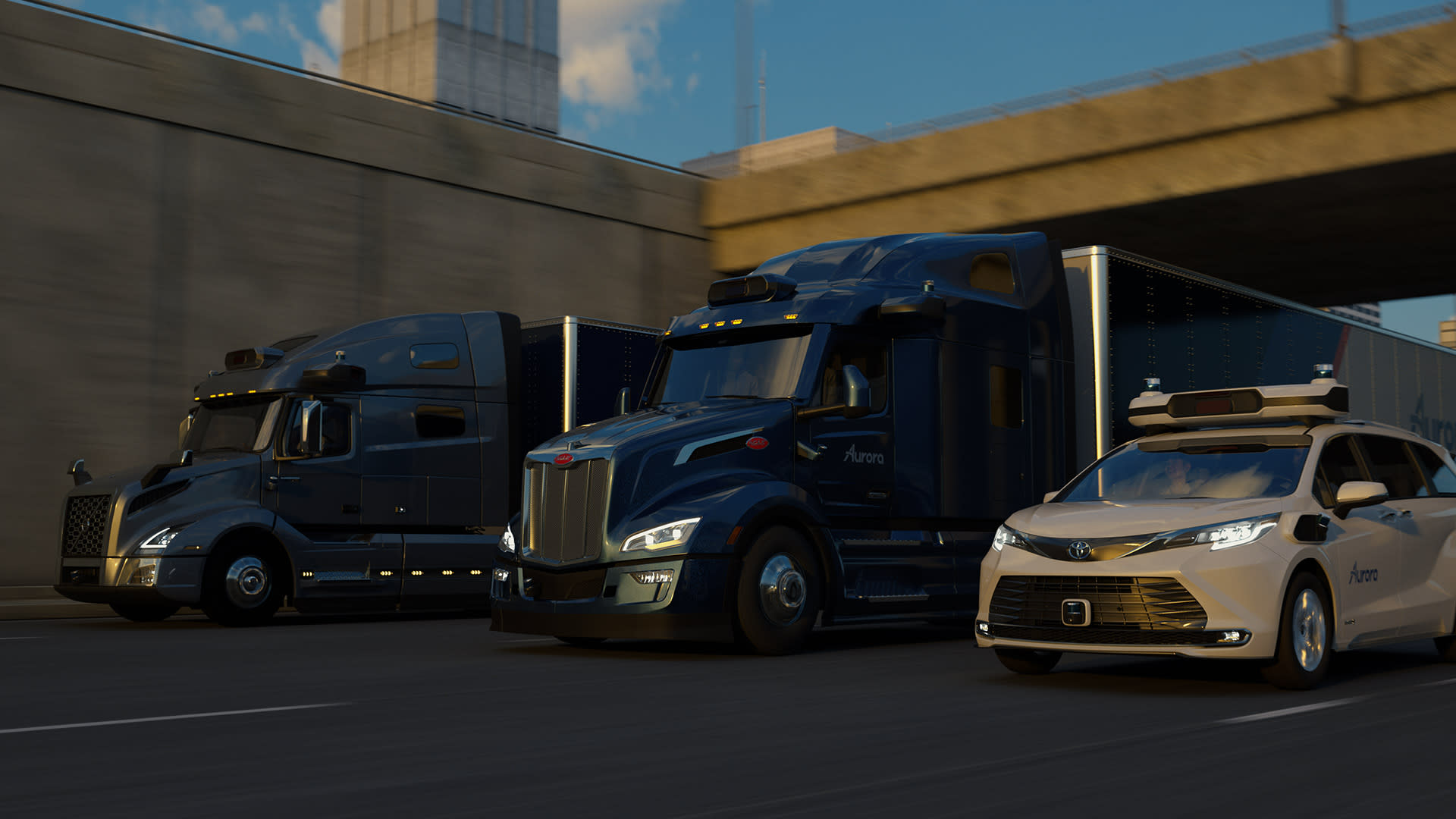Unlocking the Full Potential of Self-Driving Vehicles
- By Sterling Anderson, Co-Founder & Chief Product Officer
Societally transformative products often require supporting infrastructure to unlock their full potential. Airplanes delivered tremendous societal value once supported by an ecosystem that included air traffic control and robust ground operations. Similarly, the true opportunity of smartphones was realized when paired with application ecosystems and near-ubiquitous data networks.
By improving the safety, efficiency, speed, and availability of transportation, self-driving vehicles have the potential to transform not just how goods and people move, but the topological structure of supply chains, the ownership model of vehicles, and the layout of our cities. But like other products before them, to unlock their true potential, these vehicles will need additional infrastructure and operational tools.
Today, we’re excited to share a first glimpse at a powerful suite of tools we’re creating at Aurora to enable fleet managers to unlock the potential of their fleets when augmented with Aurora Driver-powered vehicles. We call this toolset the Aurora Beacon platform.
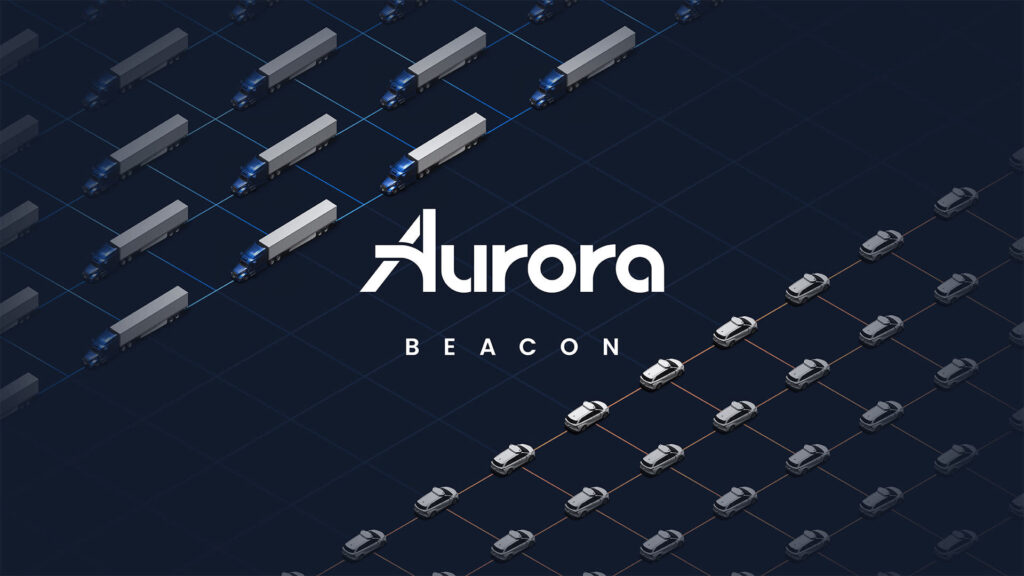
Aurora Beacon
Aurora Beacon is a software platform we’re designing to help fleet managers optimize their network and realize maximal utilization of their autonomous vehicles. It will do this by communicating key information to their existing fleet and transportation management systems and by providing a set of tools to support scheduling, dispatch, routing, monitoring, and control at both the fleet and vehicle level. Aurora Driver-powered vehicles are equipped to monitor and communicate both their own status and the status of the roads they’re driving. By allowing fleet managers to tap into these data streams, Aurora Beacon will empower managers of both truck and passenger vehicle fleets to tightly coordinate, monitor, and support their vehicles in ways they’ve never done before. For instance, by pre-positioning their autonomous trucks to match the demand footprint, proactively surfacing predictive health statistics, or supporting integrations with brokerage services like Uber Freight to fill in the gaps between contracted loads, carriers and fleets can better capitalize on the extraordinarily-high uptime and utilization these vehicles are capable of. Similarly, by load balancing their autonomous fleet with human-driven vehicles and supporting riders through the journey, ride-hailing networks can maintain higher service levels for their passengers.
Managing and Monitoring a Fleet
To efficiently operate large fleets, managers need to coordinate with a significant number of stakeholders, from terminal operators to warehouse managers to customers, and across different systems. Managing these interactions is no easy task; when we began our development of Aurora Beacon, we found our teams used 13 different systems for everything from fleet status to personnel availability to shuttle coordination and road condition monitoring. If this feels excessive, it is. If it seems unusual, it’s not. Across the industry, a variety of third-party and homegrown tools have arisen through the years, resulting in a complex web of systems that render large-scale fleet optimization tricky.
In 2020, our operations team conducted a comprehensive review of over 50 third-party tools for fleet maintenance, scheduling, and fleet APIs. We found that while many offered improved user interfaces and tailored solutions for the needs of traditional human-driven fleets, they lacked the back-end logic required to achieve the efficiency gains and enable the operational oversight that autonomous trucks, or hybrid fleets that include them, uniquely enable. To unlock the potential of our fleet, we needed a unique set of tools that simplify its management and will make it easier for our customers to integrate it into their existing systems and operations. So we developed a new module in Aurora Beacon to allow dispatchers to receive requests, coordinate and assign loads, clear vehicles for their trip, update the Aurora Driver software, collect enhanced pre-trip inspection records, dynamically update routes, and track vehicle and mission status across the fleet.
Observing and Supporting Vehicles
In the wild, our driverless trucks will encounter a variety of situations that require a human’s judgment or support. For instance, when interacting with law enforcement officials a human will in many cases need to be available to speak with authorities. Similarly, when our trucks encounter an unusual road closure, they’ll need a human’s judgment on whether to reroute, wait it out, or in some cases, even honk the horn. To allow these interactions, we’re designing a module within the Aurora Beacon suite to allow support personnel to remotely monitor and provide high-level guidance to a fleet of vehicles. Any of a variety of triggers can initiate a support session, from a truck health alert to an unusual sighting in the road to the truck’s proximity to a point of interest. In these sessions, support personnel will see what the truck sees, hear what the truck hears, and provide high-level guidance for the vehicle’s objective or course of action. To be clear, Aurora Beacon does not allow remote operation of the truck; the Aurora Driver remains in control of the vehicle at all times and will act on suggestions from remote personnel only if it can find a way to do so safely.
Practicing as We’ll Play
The best athletes and the winningest teams practice how they’ll play. It’s not enough for a golfer to rehearse just their long game or a football team their passing game. To be truly exceptional, teams must tackle the totality of the sport, from chips and putts to running plays, defense, and special teams.
The same is true of a complex business like self-driving logistics: exercising the technical, operational, and commercial capabilities of the complete service is critical to developing a high-performing product, operation, and business. Given its value, we’ve designed our commercial pilots to exercise the totality of the product in a commercially-representative setting: pulling real loads on real lanes for real customers. From the organization, assignment, and optimization of mission schedules to the management of the fleet, remote support of individual vehicles, and tight coordination of customer exchanges at Aurora’s terminals, Aurora Beacon has become a valuable tool for these operations.
Like the Aurora Driver, Aurora Beacon is in active use today as we manage both our development and pilot fleets directly. In this setting, we’ve found that it’s dramatically enhanced our team’s ability to realize the potential of our self-driving vehicles and begin to prepare the playbook for a gradual transition to our partners as the time comes. When we expand our pilots and begin our full-scale commercial operations, we expect to adapt Aurora Beacon from a largely first-party tool to one that carriers and fleets will incorporate into their existing systems. And with it, turn game-changing vehicles into industry-changing operations.
This article was originally published by Aurora Innovation Inc..


